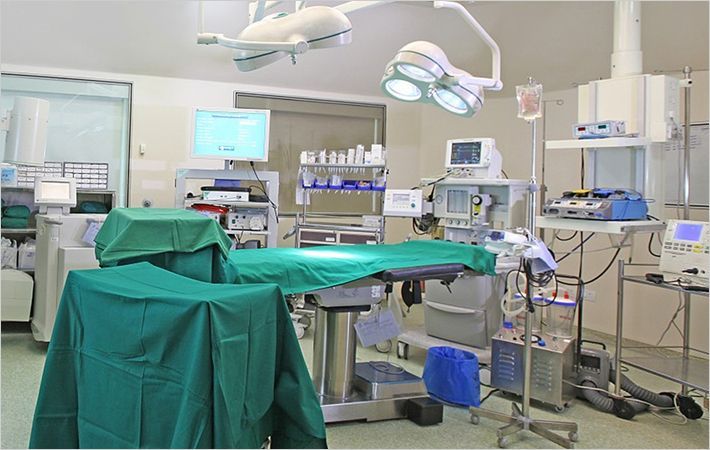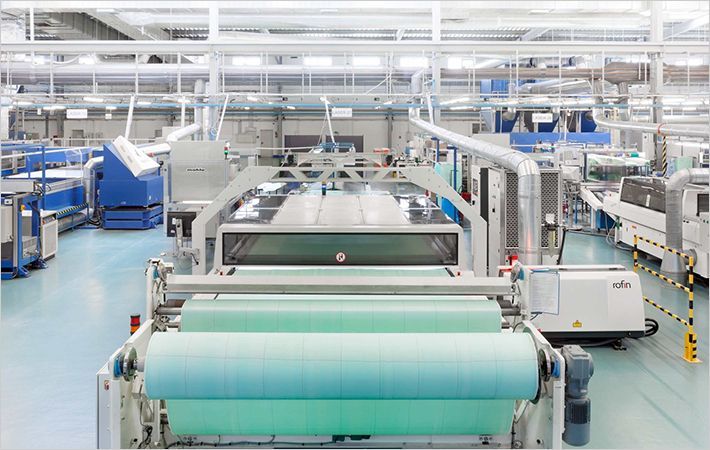What’s more, when conventional composite materials are stressed to the breaking point, they tend to fail abruptly and at large scale. But the new modular system tends to fail only incrementally, meaning it is more reliable and can more easily be repaired, the researchers say. “It’s a massively redundant system,” Gershenfeld says.
Cheung produced flat, cross-shaped composite pieces that were clipped into a cubic lattice of octahedral cells, a structure called a “cuboct” — which is similar to the crystal structure of the mineral perovskite, a major component of Earth’s crust.
While the individual components can be disassembled for repairs or recycling, there’s no risk of them falling apart on their own, the researchers explain. Like the buckle on a seat belt, they are designed to be strong in the directions of forces that might be applied in normal use, and require pressure in an entirely different direction in order to be released.
The possibility of linking multiple types of parts introduces a new degree of design freedom into composite manufacturing. The researchers show that by combining different part types, they can make morphing structures with identical geometry but that bend in different ways in response to loads: Instead of moving only at fixed joints, the entire arm of a robot or wing of an airplane could change shape.
Alain Fontaine, who directs the innovation program for aircraft manufacturer Airbus, says this new approach to building structures “is really disruptive. It opens interesting opportunities in the way to design and manufacture aerostructures.” These technologies, he says, “can open the door to other opportunities” and have significant potential to lower manufacturing costs.
In addition to Gershenfeld and Cheung, the project included MIT undergraduate Joseph Kim and alumna Sarah Hovsepian (now at NASA’s Ames Research Center). The work was supported by the Defense Advanced Research Projects Agency and the sponsors of the Center for Bits and Atoms, with Spirit Aerosystems collaborating on the composite development.
Massachusetts Institute of Technology

